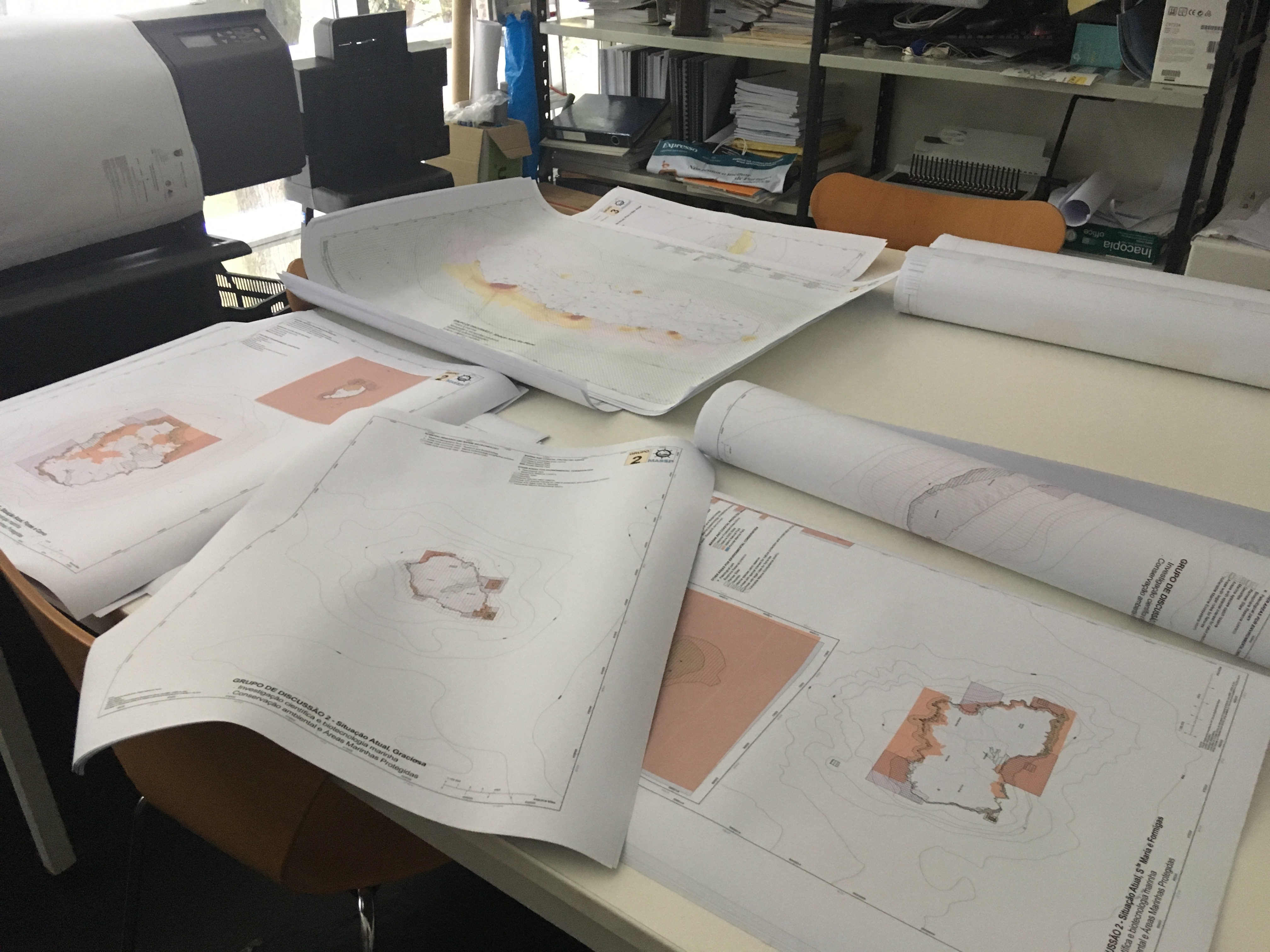In order to develop an enabling environment for the establishment of an Indigenous institution in charge of the administration of the National Park, it was necessary to develop a number of legal, administrative and financial instruments. This institutionalization process required the study of references and the generation of a regulatory and representative framework for the operations of the new management entity. This framework is based on a dialogue with governmental institutions in order to implement the administrative transfer, and the establishment of legal instruments that ratify the new administrative entity. The most important steps in this process were:
- Indigenous consultation in October 2015 in agreement with the ILO Convention 169.
- Creation of statutes for the Indigenous Community Ma’u Henua establishing its structure, operation, composition and Honui (clan representatives).
- Operational Plan in which CONAF and Ma'u Henua managed the park together between 2016-2017.
- Framework that could regulate the internal processes of economic audits and public management accounts in order to contribute to a transparent management.
- Enactment of a Ministry of National Assets Decree which granted the administration of the territory of the park to the Indigenous Community.
The Indigenous Law (Law 19.253, 1993) created, along the concept of Indigenous Communities, the Comission for the Development of Easter Island, where representatives of Rapa Nui People dialogued with representatives of the Government of Chile. This authority allowed progress in the political will and the generation of trust, achieving among other themes, the transfer of the administration of Rapa Nui heritage to the local community.
(1) The board of directors is elected for a period of 4 years. Recently, a new board has been elected. The transfer will allow restructuring based on the lessons learned of the first administration, allowing the establishment of priorities for improving the management, community involvement and COVID-19 safety protocols.
(2) The administration led by Ma’u Henua has made significant progress in local empowerment and cultural heritage management, however the process has not been immune to various internal conflicts and with the Government of Chile, as part of a transition.
(3) The transfer from the State administration to Ma’u Henua has not been easy, due to political, social and cultural factors. However, significant progress was made in the organization and management of the National Park. This needs to be analyzed in depth to build the foundations for new relationships and management proposals by the new board.
(4) Need to develop a management plan for the World Heritage site with an integral focus including views of other local, national and international organizations.
